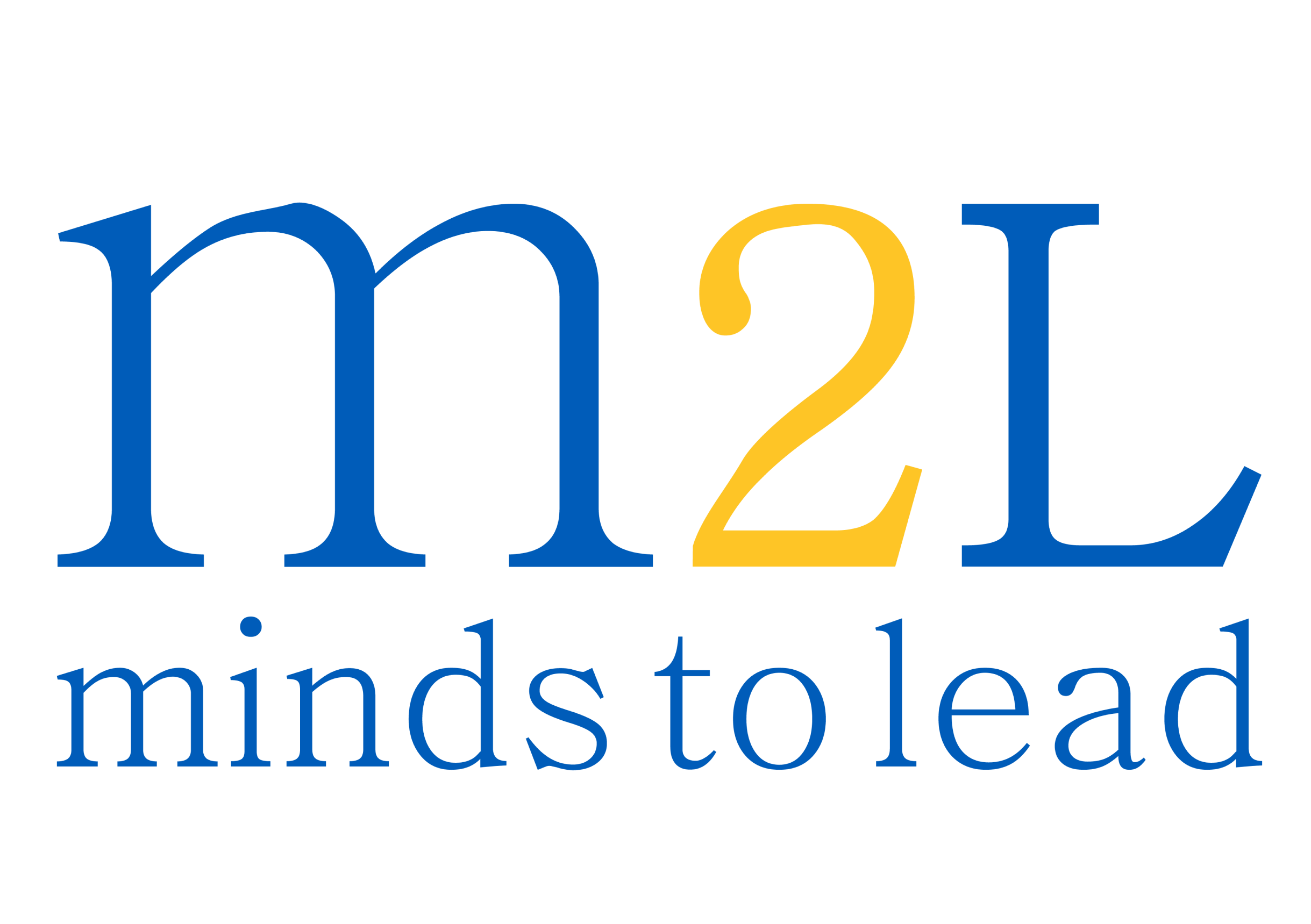In the ever-evolving digital advertising landscape, Meta Ads remain one of the most powerful tools for brands to connect with their audiences. With Facebook, Instagram, and other Meta platforms continuously innovating, understanding how the Meta advertising algorithm functions—especially with the 2025 updates—is essential for success.
This article breaks down how the Meta ads algorithm works, explores what’s new in 2025, and outlines key strategies to improve campaign performance using Meta Ads Manager.
How the Meta Ads Algorithm Works?
Meta’s algorithm is powered by advanced artificial intelligence (AI) designed to deliver the right ads to the right users at the right time. The system evaluates and delivers ads based on a mix of behavioral data and machine learning models.
Key Components:
- Audience Analysis: Demographic data, engagement history, and user interests shape ad delivery.
- Relevance Score: Ads are scored based on their relevance to the viewer, influencing visibility and cost.
- Real-Time Auction: Ads compete in real-time bidding, and the algorithm selects the one with the highest potential for performance.
- User Experience Priority: Meta prioritizes high-quality ads that enhance the platform experience.
- Conversion Optimization: The system continually adapts to drive the best results for the allocated budget.

2025 Meta Ads Algorithm Updates
Meta’s 2025 updates introduce several changes that reshape how brands approach advertising:
1. Smarter Targeting with Enhanced AI
AI models now offer deeper insight into user behavior, enabling more precise targeting and better engagement through predictive learning.
2. Privacy-First Targeting
In line with evolving privacy regulations, Meta has reduced reliance on third-party cookies. Instead, advertisers are encouraged to harness first-party data using built-in tools within Ads Manager.
3. Expanded Automation Tools
New automation features include:
- Automated budget allocation,
- Creative performance testing,
- Audience recommendation systems.
These help advertisers scale campaigns more efficiently and reduce manual oversight.
4. Rise of Video and Reels
Short-form video formats—especially Reels and Stories—have gained more prominence. Meta’s algorithm increasingly favors engaging, mobile-first video content.
Most Effective Meta Advertising Strategies in 2025
To succeed in today’s Meta Ads ecosystem, brands should adopt the following performance-driven strategies:
1. Prioritize High-Quality Creative Content
Meta rewards engaging, original content. Focus on:
- Visually striking creatives,
- Short-form video that captures attention quickly,
- Story-driven, interactive ad copy.
2. Leverage First-Party Data
Utilize Meta Pixel, Conversions API, and customer data to build:
- Custom Audiences,
- Lookalike Audiences,
- Dynamic Ads.
This enables more personalized and effective targeting.
3. Use Automation Smartly
Tap into Meta’s advanced tools such as:
- Campaign Budget Optimization (CBO),
- A/B Testing,
- Advantage+ Audience Segmentation.
These streamline campaign performance and maximize ROI.
4. Strengthen Your Video Strategy
Video is king. For higher engagement:
- Prioritize Reels and Stories,
- Create snackable content with strong hooks,
- Optimize for mobile-first viewing and interaction.
5. Focus on Conversion Optimization
Meta’s algorithm increasingly rewards goal-based campaigns. Adopt bidding models like:
- ROAS (Return on Ad Spend)
- CPA (Cost Per Acquisition)
Also, implement remarketing campaigns to re-engage past visitors and existing customers.
Adapt or Fall Behind
The 2025 Meta Ads updates represent both opportunities and challenges. Brands that adapt by embracing AI-powered tools, privacy-conscious targeting, and video-first content will achieve better results with less budget waste.
Ready to elevate your Meta Ads campaigns?
Let’s build strategies that align with the 2025 algorithm and deliver measurable results. Contact us to partner with a professional team who can transform your digital advertising approach.


